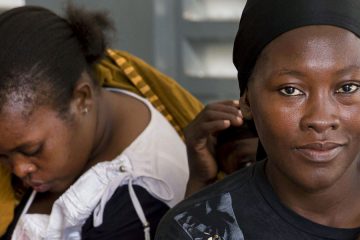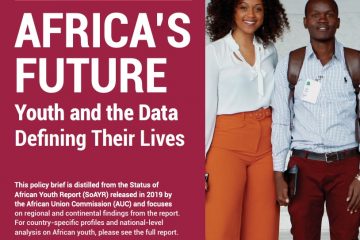Zambia: On the Cusp of a Promising Future is an ENGAGE multimedia advocacy tool that builds awareness of the impact of rapid population growth on Zambia’s goal of becoming a prosperous upper middle-income country by 2030.
It is designed to boost individuals’ understanding of how population growth interacts with complex and interrelated challenges in the areas of education, economic growth, infrastructure development, and the health system, and reposition family planning as a national priority for improving health and well-being to help achieve Zambia’s development goals.
- Video (MP4: 544 MB)
- Video without narration (ZIP: 316 MB)
- Key Messages (PDF: 2 MB)
- Presentation Guide (PDF: 2 MB)
The presentation was launched on Wednesday, October 9 in Lusaka at a high-level public event featuring Mr. Chola Chabala, Permanent Secretary in charge of Development Planning and Administration at the Ministry of National Development Planning.
The presentation was also launched at the subnational level with events in Eastern Province, Luapula Province, and Western Province. Three fact sheets complement the presentation and illustrate how each province can support Zambia’s development goals.
- Eastern Province Fact Sheet (PDF: 207 KB)
- Luapula Province Fact Sheet (PDF: 215 KB)
- Western Province Fact Sheet (PDF: 214 KB)
A policy brief examines how current nationwide population trends and future population growth will affect Zambia’s agriculture, education, economic, and housing sectors between 2018 and 2030, and identifies policies that can slow population growth and adapt Zambia’s infrastructure and services to meet the needs of future generations.
- Zambia Policy Brief (PDF: 378 KB)
Stakeholders from diverse sectors within Zambia will use these resources to promote policy dialogue about the challenges the country faces as a result of rapid population growth and the importance of family planning as an effective strategy for development.
Zambia: On the Cusp of a Promising Future was developed by the PACE Project in collaboration with Zambia’s Population and Development Department and a task force of experts in population, reproductive health, education, governance, youth, and gender.




